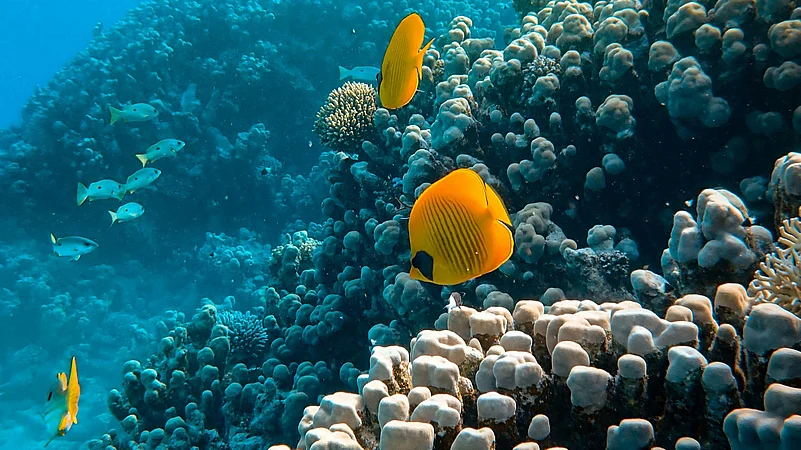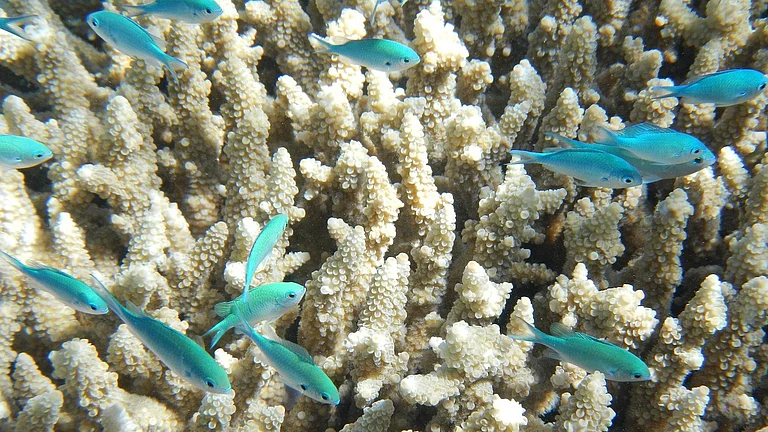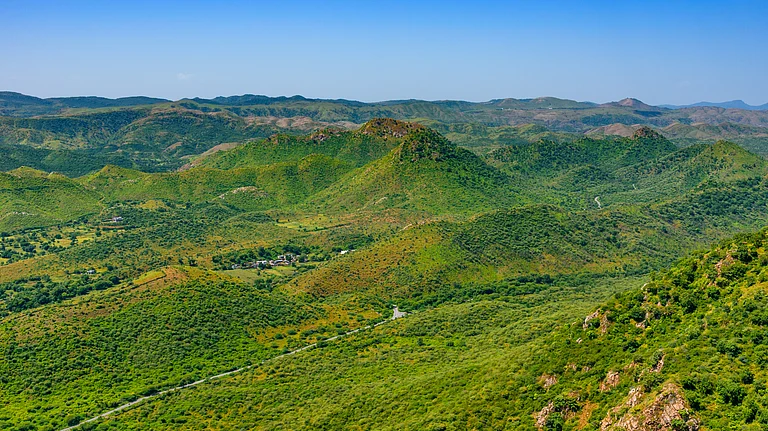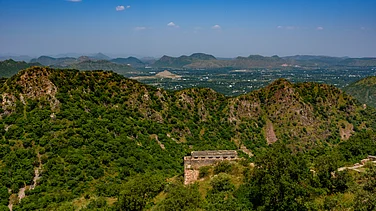A new study published in the journal Science Advances revealed why similar species existed across the planet 252 millions after the Earth’s largest extinction event, known as the Great Dying.
The extinction ended up erasing about 80-90% of marine species and approximately 70% of land-based vertebrate families, according to DownToEarth. Fossil records in the succeeding years proved that many of the surviving organisms looked similar, irrespective of their location.
“Our study has provided a simple environmental explanation, rather than an ecological one, for why certain survivors of the extinction prospered and why homogenisation happened on a global scale,” Jonathan Payne, Dorrell William Kirby Professor of Earth and Planetary Sciences in the Stanford Doerr School of Sustainability and one of the authors of the study, said in a statement to DownToEarth.
Uncanny Global Resemblance
The post-extinction sameness happened due to environmental changes, as per a study published in the journal Science Advances.
Explaining the phenomenon, Jood Al Aswad, a PhD candidate in Earth and planetary science and one of the authors of the research told DownToEarth, “If someone asked you today where you’d find kangaroos, you’d say Australia. But now imagine some major disaster happened, like a giant volcano erupted, and afterwards you’re finding kangaroos in great numbers all over the globe — they are all the way out in Antarctica, hopping by the pyramids in Egypt, even in Stanford, California.”
The scientists attributed this post-extinction similarity to environmental changes, rather than ecological factors. The research was focused on groups like clams, oysters and snails and suggested that environmental shifts helped survive only certain species and they moved across different regions in the planet.
The team narrowed down to two potential reasons for this homogenisation. The study attributes ecological release as one of the reasons where the extinction of predators helps surviving species to expand unchecked. Second reason has been attributed to the species’ ability to cope with stressful environmental conditions that allowed certain species to expand to new habitats. These factors caused the species to be similar while being in different locations because their physiology helped them adapted to these changed environmental conditions.































